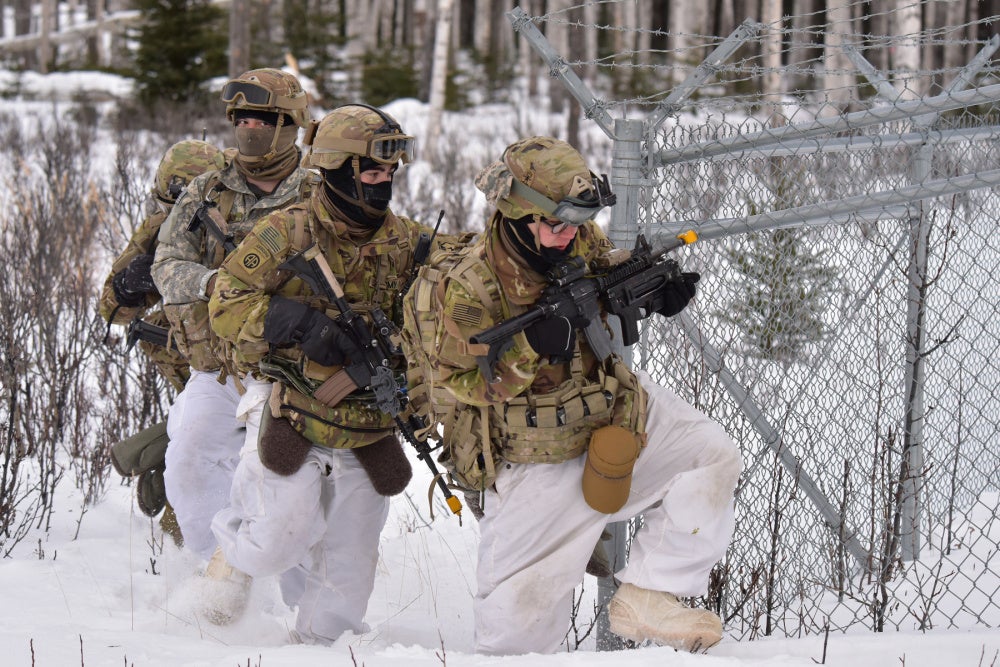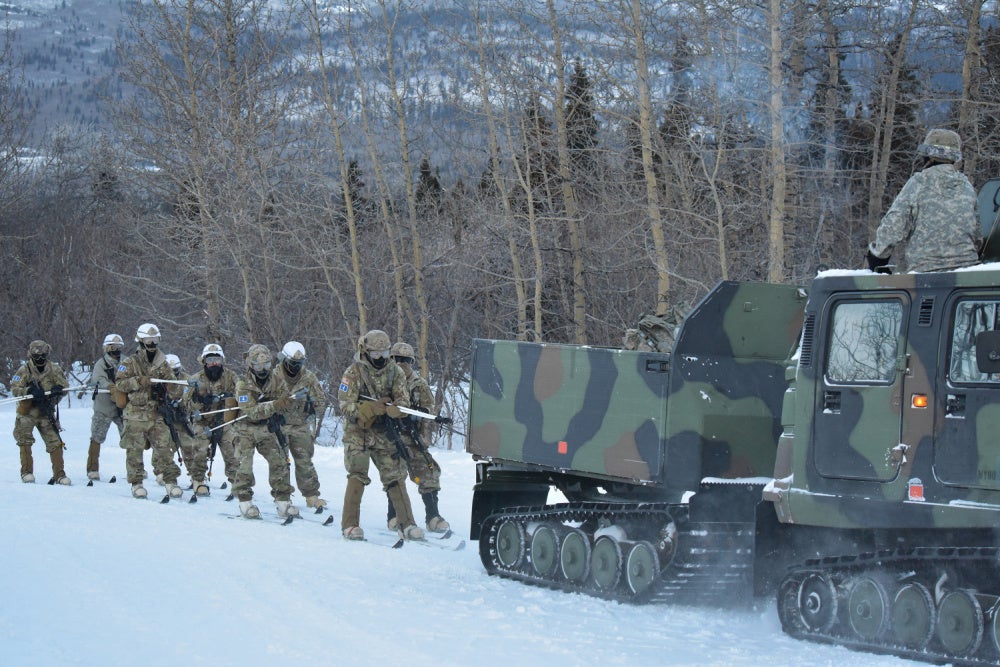US Army Releases New Strategy For the Arctic
The US Army has released the unclassified version of a document titled “Regaining Arctic Dominance: The U.S. Army in the Arctic”. The army is thus following in the footsteps of the Navy which released its own Arctic strategy document back in January. At that time, the army had already been signaling it plans to expand its own capabilities in the arctic but with the release of the new report these are now more clear than ever.
Global warming has opened up arctic waters to trade, thereby making the region more important than ever. On top of that, a renewed American focus on great power competition against China and Russia (two countries with clearly stated goals and interests in the region) is making the army even more concerned over the potential of a clash up north. As the report puts it:
“The United States is an Arctic nation. As such, the Army is responsible for providing Arctic-capable forces to support joint all-domain operations in defense from the region’s threats. The Army must also be able to provide and sustain Arctic-capable forces for employment outside of the region as necessary. ”
As such, the army is planning to “regain cold-weather and high-altitude dominance” with a specific end state in mind:
“The US Army is able to rapidly generate and project Multi-Domain forces globally that are specifically trained, equipped, and sustained to fight, win and survive in extreme cold weather and rugged mountainous conditions over extended periods.”

The first step towards achieving this effort will be a “a Multi-Domain Task Force enabled Division headquarters with specially trained and equipped combat brigades to recapture our cold-weather dominance”. More generally, there are five main lines of effort the army plans to follow on its path towards its declared end states:
- Improve arctic capability by dealing with “persistent problems from Arctic-stationed organizations” and building “basic Arctic capability across the force.”
- “Compete in the Arctic and Globally” in cooperation with a network of allies and partners.
- “Defend the Far North in Crisis and Conflict”
- “Build Arctic Multi-Domain Operations”
- “Project power across the Arctic”
Achieving this state of readiness will likely require significant effort both in terms of training and equipment. Spending months in a region where temperatures reach -65 degrees Fahrenheit (-54 degrees Celsius) while remaining ready for battle is undoubtedly a challenge for even the most hardened veterans and the sturdiest equipment.
The full report is available here.

